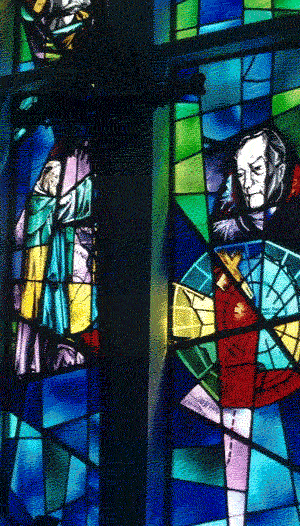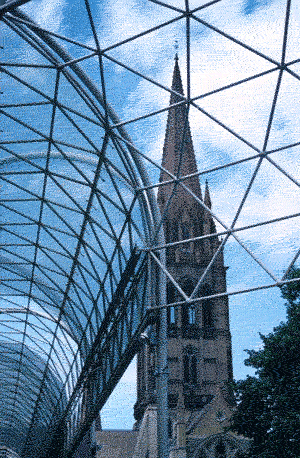|
Lesson 3: Interactions with Light: Transmission, Reflection and Absorption
Science In Action
Read pages 194 to 199 of your textbook and make notes in your notebook.
| In this lesson we will investigate how light is transmitted, reflected and absorbed by various materials. Many believe that stained glass is one of the most beautiful art forms. This beautiful window shows us an example of how glass can be made to be transparent, translucent and opaque. By the end of this lesson you will be comfortable with those terms and come to understand how rays of light move and react with various objects. |
|
Light can pass right through some materials. Materials such as clear or transparent glass or plastic allow light to be transmitted without any loss or scattering of the light. So you can see right through something that is transparent. Can you think of any other materials that allow the transmission of light rays.
|
|
Some materials are translucent. That means they allow some light to pass through. But before the light can leave the material it is scattered from its straight path. Hold up a piece of white paper to the light and then look at it from the back side. You can see that some light is passing through but you can't see what's on the other side. If glass is etched with sand or acid it will appear frosted and produce the same effect as real frost that covers many windows on cold days.
 The frost changes the window from transparent to translucent The frost changes the window from transparent to translucent |
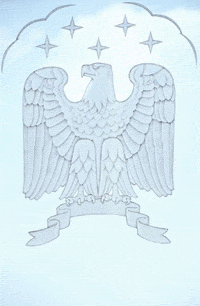 This window glass was etched with sand. The etched areas are translucent while the remainder of the window remains transparent This window glass was etched with sand. The etched areas are translucent while the remainder of the window remains transparent |
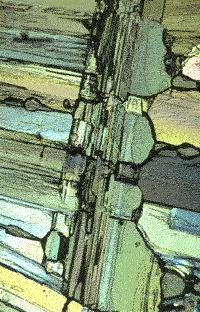 This crystal is translucent This crystal is translucent |
|
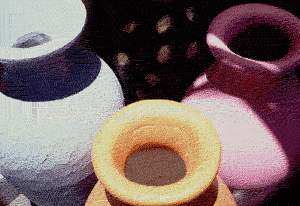
|
The third type of material will not allow any light to pass through them at all. These materials are said to be opaque. The light can be absorbed or reflected off the surface. When light is absorbed into a material, the energy in that light is converted into some other form. When the sun's light energy is absorbed into the pavement on a city street what kind of energy is it converted into? (Hint: think of a hot summer day and your in bare feet.)
|
|

|
White light is actually combination of different colours of light. If you've ever seen a rainbow, then you have seen the spectrum of colours that makes white light. But what happens when some of the spectrum is absorbed and other parts reflected?
|
Have you ever heard of 'Roy G Biv'? Its an easy way of remembering the colours in the spectrum that make up white light! The name stands for red, orange, yellow, green, blue, indigo and violet. Now we can go back and answer our question: What happens when some of the light is absorbed and others parts reflected?
|
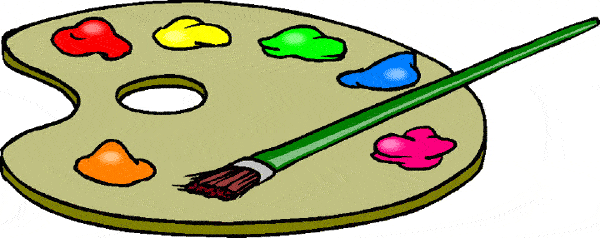
Let's answer the question with the help of the artist's pallet. In the case of the red blob of paint all colours are absorbed except for red. In this case the red light is reflected and we see red paint while the colours orange, yellow, green, blue, indigo and violet are absorbed.
Studying Light as a Ray
Scientists use many models when they are studying light. That is because no one model adequately describes all the characteristics of light. At times they study it as a ray, while at other times they model it as a wave.
In this lesson we use the geometric ray model to describe some of the characteristics of light. A ray is considered to be a straight line which represents a beam of light. Here are a couple of ways to prove that light travels in a straight line.
|
Another wonderful observation that proves that light travels in a straight line is from the heavens above. When light from the sun strikes opaque objects like trees or buildings it creates a shadow behind the object. A second and much more dramatic example is a solar eclipse. There is also a lunar eclipse. This is where the earth blocks the light from the sun and casts a shadow on the moon.
|
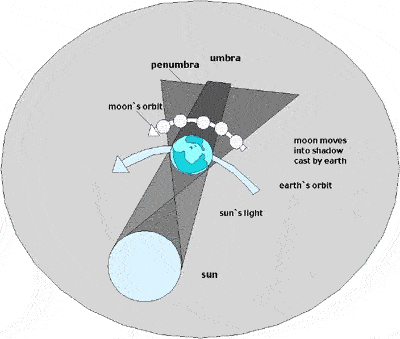
|
Is there any simple way of testing this model? If you choose, you could make a pinhole viewer (Science In Action 8, page 185). For instructions on how to make a pinhole camera click here.(or at http://www.exploratorium.edu/sln/light_walk/pinhole_todo.html )
Although you might not have used these scientific terms, you know that you can't see around corners so you have an understanding that light doesn't bend or curve on its own. It must strike something before it can change course.
 Exercise 1.3: Ray Diagrams Exercise 1.3: Ray Diagrams
So what did you discover?
The 'law of reflection' states: the angle of incidence of a ray equals the angle of reflection.
© 2002 Alberta Online Consortium
|
